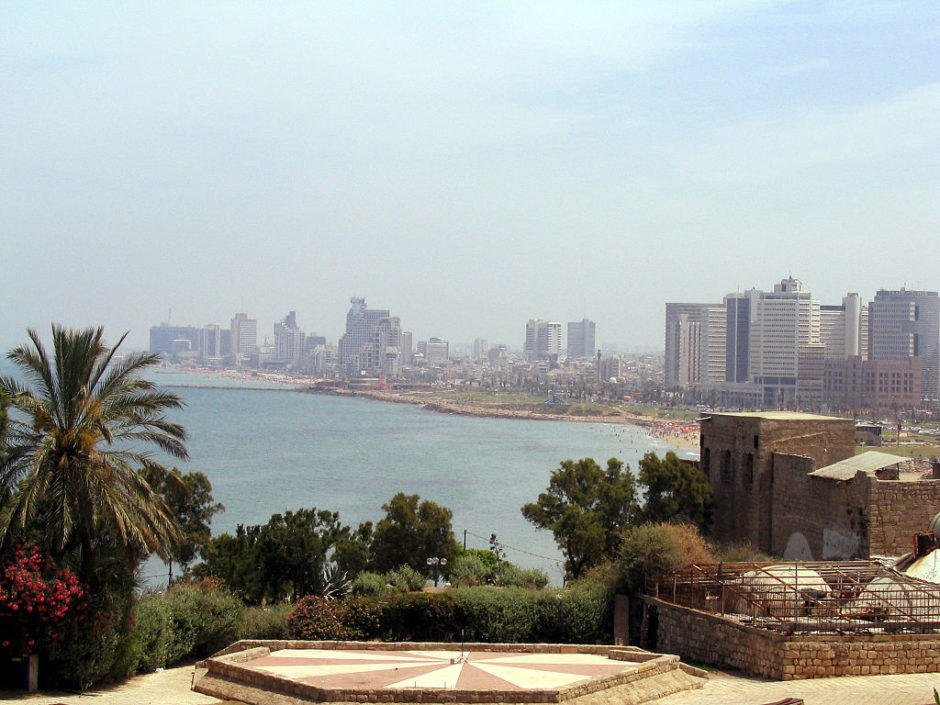One of the longest-simmering conflicts of our time, the Arab-Israeli dispute, has been stubbornly immune to resolution. It has ground on for more than a century, claiming innumerable lives and wasting scarce resources.
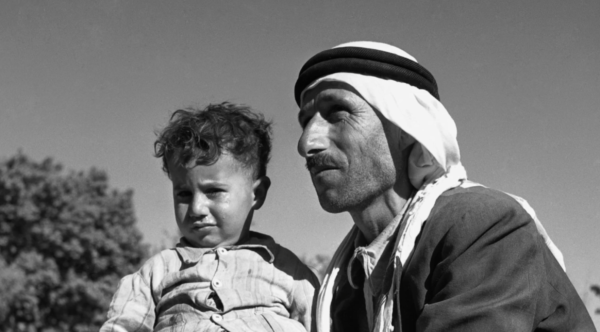
Stripped to its barest essentials, it pits Zionism against Palestinian nationalism. The piecemeal return of Jews to their ancestral homeland, spurred by messianic longings and intractable antisemitism, prompted fierce resistance from Palestinian Arabs. But in opposing a Jewish state in what had been Palestine, the Palestinian leadership paid an onerous price: the dispossession of 700,000 Muslim and Christian Palestinians.
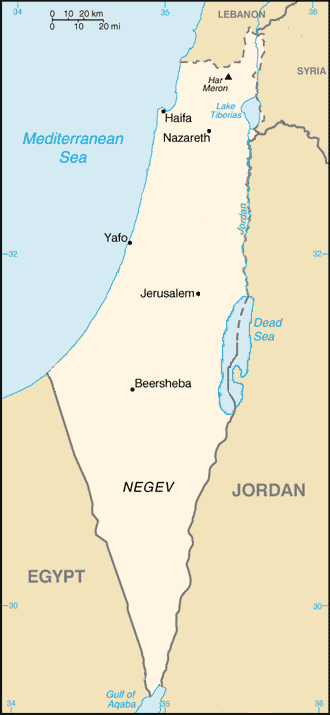
Colliding Dreams, a superb documentary by Joseph Dorman and Oren Rudavsky, examines this complex clash of destinies. Screened in Toronto on October 26 under the auspices of two progressive Jewish organizations, JSpace Canada and Canadian Friends of Peace Now, this is an ambitious and thoughtful film which strikes a fine balance between the legitimate yearnings of the Jewish people and the tragedy that befell the Palestinians.
Released last year, Colliding Dreams is an amalgam of interviews with Israelis and Palestinians and historic file footage, all of which places the problem into its proper historic perspective. Far from being a work of shrill or subtle partisanship, it’s even-handed and will probably annoy hotheads on either side of the Arab-Israeli divide.
The movie unfolds, more or less, in chronological order, from the Russian and Romanian pogroms of the 1880s, which spawned the rise of political Zionism, to the present day. It leaves out a lot, not surprisingly, but the filmmakers still manage to squeeze in the most salient points.
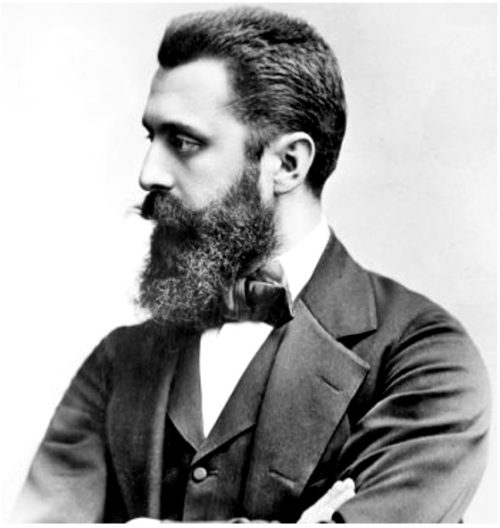
They describe the endemic antisemitism that impelled Theodor Herzl — an assimilated Viennese journalist — to return to his Jewish roots. Herzl sought to solve the so-called Jewish problem, which afflicted 19th century European societies. Before Herzl appeared on the scene, Zionism was a pipe dream, opposed by the majority of Jews, particularly the well-off ones.
Oddly enough, Dorman and Rudavsky omit the cause celebre which revolved around Alfred Dreyfus, the Jewish army officer whose dismissal from the ranks split France into two antagonistic ideological camps in the 1890s.
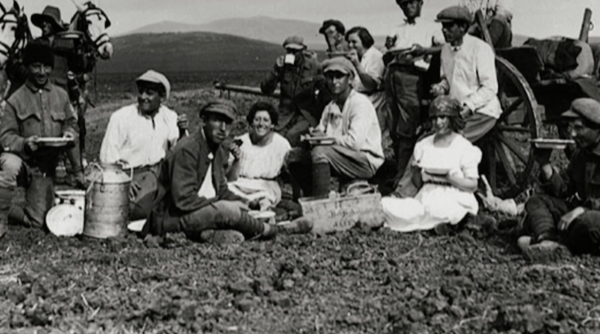
As well, they chart the migration of Russian Jews to Palestine, an Ottoman backwater largely inhabited by Palestinian Arabs. Palestine was also home to a much smaller number of Jews, some of whose ancestors had been driven out or slaughtered by Roman invaders, laying the basis for the formation of the Diaspora.
The film notes that Jewish newcomers to Palestine faced tremendous hardships in this difficult land and that many returned to Europe. The Jews who stuck it out hewed to a secular lifestyle, believed in socialism and rejected Orthodox Judaism. They created kibbutzim, built Tel Aviv from scratch and laid down the infrastructure of the Jewish state, which emerged in 1948.

Despite their undeniable achievements in nation-building, the Jews of Palestine failed to convince their Arab neighbors of the legitimacy of the Zionist project. And myopically enough, some Zionists refused to internalize the glaring reality that Palestine was not an empty country.
The 1917 Balfour Declaration, issued by British Foreign Minister Arthur Balfour during the thick of World War I, conferred international legitimacy on Zionism. Palestine, a British Mandate after the war, developed rapidly in the 1920s and 1930s as Palestinian grievances bubbled to the surface. Palestinian leaders feared that a Jewish homeland, as envisaged in the Balfour Declaration, would morph into a fullblown Jewish state.
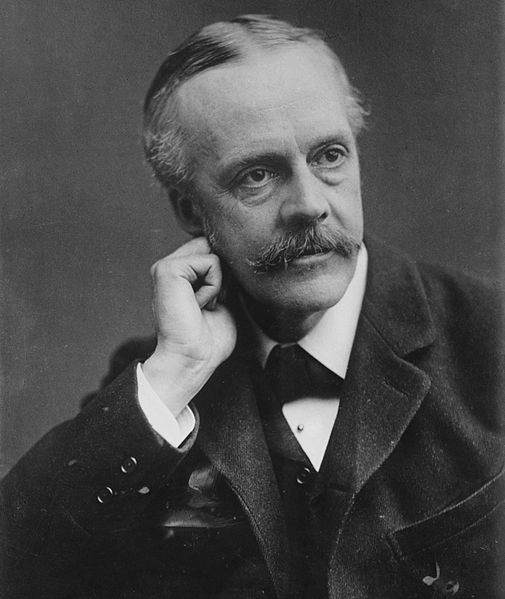
Their fears were not misplaced. In the face of increasing European antisemitism, particularly its toxic variants in Poland, Romania and Nazi Germany, European Jews streamed into Palestine by the tens of thousands. Non-violent Palestinian opposition to Zionism gave way to bloody outbursts, climaxing in the 1936 Arab Revolt, which lasted until Britain issued the 1939 White paper limiting Jewish immigration and land purchases by Jews.
As might be expected, the film chronicles the collision between the mainstream Zionism of David Ben-Gurion, whose approach to statehood was incremental, and the Zionist Revisionism of Vladimir Jabotinsky, who called for immediate statehood.
To Palestinians, this internal disagreement was of little concern, since both Zionist factions were determined to build a full-fledged Jewish state in Palestine, sooner or later.
In the wake of the Holocaust, which decimated one-third of European Jewry, events moved quickly. The 1947 United Nations partition plan triggered a civil war in Palestine, forcing the British to withdraw and precipitating the first Arab-Israeli war. In some cases, Israeli forces compelled Palestinians to flee. In general, however, the Palestinians left voluntarily, assuming that Arab armies would defeat the Zionists and allow them to go back to their homes. In any event, Israel did not permit the refugees to return, reserving some of their properties for the hundreds of thousands of new Jewish immigrants arriving from Europe and the Middle East.
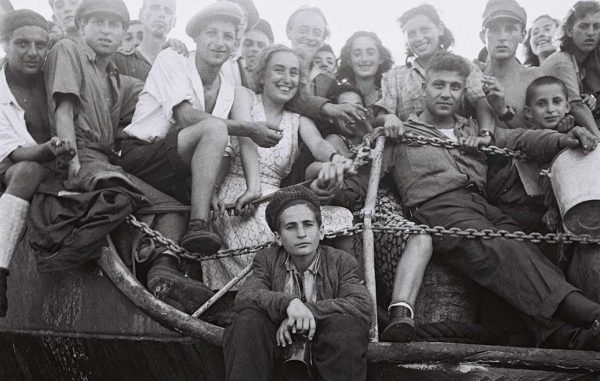
From 1949 until the 1967 Six Day War, Zionism seemed like an outmoded notion to many Israelis. But Israel’s conquest of the West Bank, Gaza Strip, Golan Heights and Sinai Peninsula heightened Zionist fervor in Israel and led to the building of a network of Jewish settlements throughout the occupied territories. The Israeli government, though ambivalent about this construction, was basically complicit in it, even after the 1993 Oslo peace process, which eventually fell apart.
The film fills in the telling details and illustrates the extent to which Israel’s occupation has divided Israeli society. Certainly, the 1995 assassination of Prime Minister Yitzhak Rabin by a Jewish radical was ample proof that two irreconcilable camps had emerged in Israel since the Six Day War.
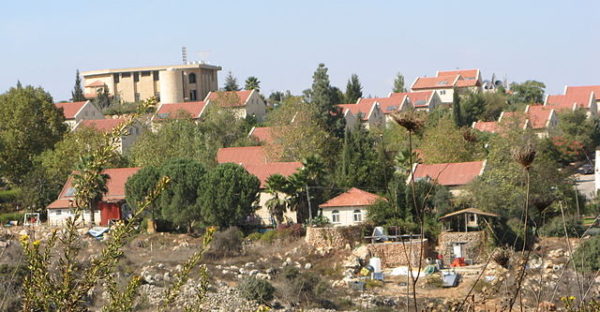
In closing, Colliding Dreams posits the plausible argument that peace has been blocked by the construction and expansion of Jewish settlements in the West Bank and by the eruption of Palestinian terrorism.
As the filmmakers suggest, it’s a formula for further strife and bloodshed.
